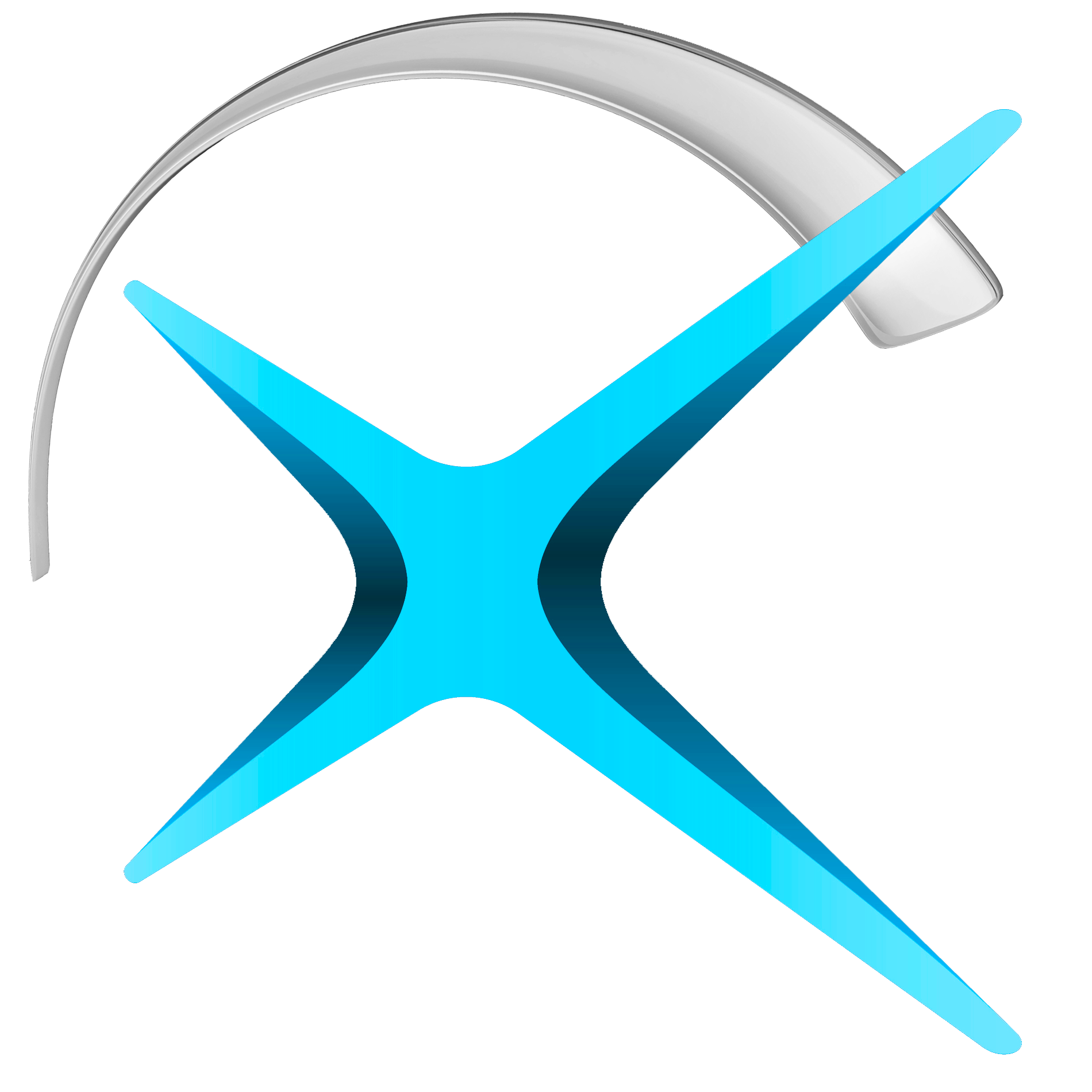Customizing Restoration Software: Tailoring Tools to Your Business
October 22, 2024 •Ember Davis

In the restoration industry, where every project is unique, having software that adapts to your specific business needs can be a game-changer. Customizing Restoration Software and Job Management Software allows you to streamline operations, improve efficiency, and ultimately deliver better results for your clients. This blog will explore the benefits of customization, the key features to consider, and how to effectively tailor your software tools to fit your business.
The Importance of Customizing Restoration Software
Customizing restoration software is not just about adding features; it’s about creating a system that aligns with your business processes and goals. By tailoring your tools, you can:
-
Enhance Efficiency: Customization allows you to automate tasks and workflows that are specific to your business, reducing manual effort and increasing productivity.
- Automate repetitive tasks like invoicing, scheduling, and reporting.
- Streamline communication between teams and with clients, ensuring everyone is on the same page.
- Optimize resource allocation, ensuring that your team and equipment are used effectively.
-
Improve Data Management: With customized software, you can ensure that the data you collect and analyze is relevant to your business.
- Customize data fields to capture specific information that is crucial for your projects.
- Set up automated reports that provide insights into key performance indicators (KPIs) relevant to your business.
- Integrate with other systems you use, such as CRM or accounting software, to create a seamless flow of information.
-
Enhance Client Satisfaction: Tailoring your software to your business can lead to better client experiences by ensuring that projects are managed efficiently and transparently.
- Customize client portals to provide real-time updates and easy access to project information.
- Personalize communication templates to match your brand voice and provide a consistent client experience.
- Implement feedback mechanisms that allow clients to easily share their thoughts and concerns.
Key Features to Customize in Your Restoration Software
When customizing Restoration Software and Job Management Software, it’s essential to focus on features that will have the most significant impact on your operations. Key areas to consider include:
-
Workflow Automation: Automating workflows can significantly reduce the time spent on administrative tasks and improve overall efficiency.
- Customize task sequences to match your standard operating procedures (SOPs).
- Set up automated notifications and reminders to keep projects on track.
- Implement decision trees that guide team members through complex processes.
-
Reporting and Analytics: Customized reporting tools allow you to track and analyze the metrics that matter most to your business.
- Design custom reports that focus on your key performance indicators, such as project completion times, budget adherence, and client satisfaction.
- Use data visualization tools to create easy-to-understand dashboards that provide real-time insights into your operations.
- Implement predictive analytics to forecast future trends and make informed decisions.
-
User Interface and Experience: A user-friendly interface tailored to your team’s needs can improve adoption rates and reduce training time.
- Customize the dashboard layout to display the most relevant information for each user role.
- Implement shortcuts and quick access buttons for frequently used features.
- Provide customization options for individual users, allowing them to personalize their experience.
-
Integration Capabilities: Integrating your restoration software with other tools can create a more cohesive and efficient workflow.
- Connect your software with accounting tools to automate invoicing and financial tracking.
- Integrate with CRM systems to maintain consistent client information across platforms.
- Sync with scheduling and time-tracking tools to ensure accurate resource management.
Steps to Effectively Customize Your Software
Customizing your restoration software requires careful planning and execution. Here are some steps to guide you through the process:
-
Assess Your Business Needs: Before customizing your software, it’s crucial to understand your business’s specific needs and pain points.
- Conduct a thorough analysis of your current processes to identify areas where customization can add value.
- Gather input from team members to understand their challenges and requirements.
- Define clear goals for the customization process, such as improving efficiency, enhancing client satisfaction, or reducing costs.
-
Choose the Right Software: Not all restoration software offers the same level of customization. It’s essential to choose a platform that is flexible and scalable.
- Look for software that allows for easy integration with other tools and systems you use.
- Ensure the software offers customizable templates, workflows, and reports.
- Consider the scalability of the software to ensure it can grow with your business.
-
Work with Experts: Customizing software can be complex, so it’s often beneficial to work with experts who can guide you through the process.
- Engage with your software provider’s support team to understand the customization options available.
- Consider hiring a consultant or working with a third-party developer to implement more advanced customizations.
- Test the customizations thoroughly to ensure they meet your business needs and are free of bugs or issues.
-
Train Your Team: Once your software is customized, it’s essential to provide training to ensure that your team can use it effectively.
- Develop training materials that are tailored to your customizations, including guides and video tutorials.
- Offer hands-on training sessions to help team members get comfortable with the new features.
- Provide ongoing support to address any questions or issues that arise as your team adapts to the customized software.
Maximizing the Benefits of Customization
To get the most out of your customized Restoration Software and Job Management Software, it’s essential to continually evaluate and optimize your system.
-
Monitor Performance: Regularly assess the performance of your customized software to ensure it’s delivering the expected benefits.
- Track metrics such as project completion times, error rates, and user satisfaction to identify areas for improvement.
- Use feedback from your team and clients to make necessary adjustments and enhancements.
-
Stay Updated with Industry Trends: The restoration industry is constantly evolving, and it’s essential to keep your software up to date.
- Stay informed about new features and updates from your software provider that could benefit your business.
- Regularly review your customizations to ensure they align with the latest industry best practices and standards.
-
Iterate and Improve: Customization is not a one-time process; it should be an ongoing effort to continuously improve your operations.
- Be open to making adjustments as your business grows and your needs change.
- Encourage team members to share their experiences and suggestions for further customizations.
Conclusion: The Power of Customization in Restoration Software
Customizing Restoration Software and Job Management Software is a powerful way to tailor your tools to your business’s unique needs. By enhancing efficiency, improving data management, and boosting client satisfaction, customization can lead to significant improvements in your operations. However, it’s essential to approach customization with careful planning and a focus on continuous improvement.


.png?width=631&height=355&name=Xcelerate%20Mockups%20(6).png)